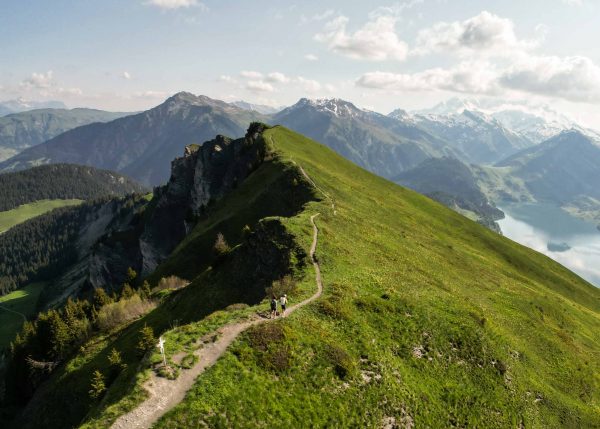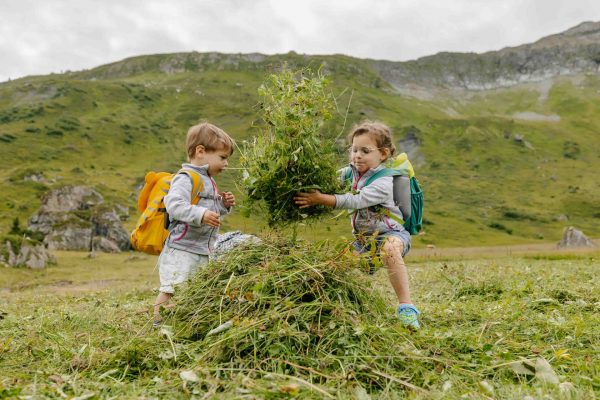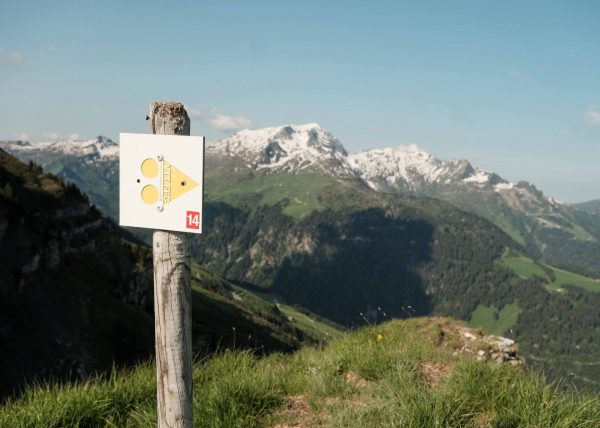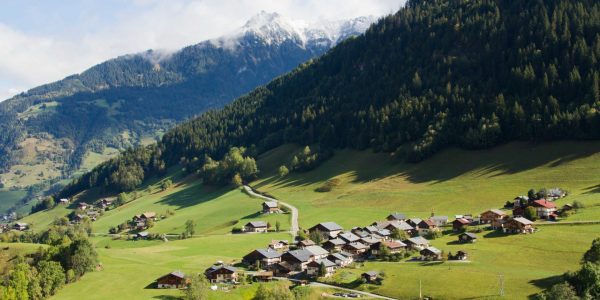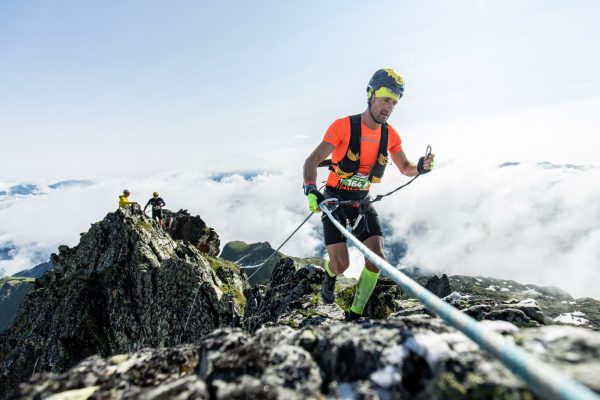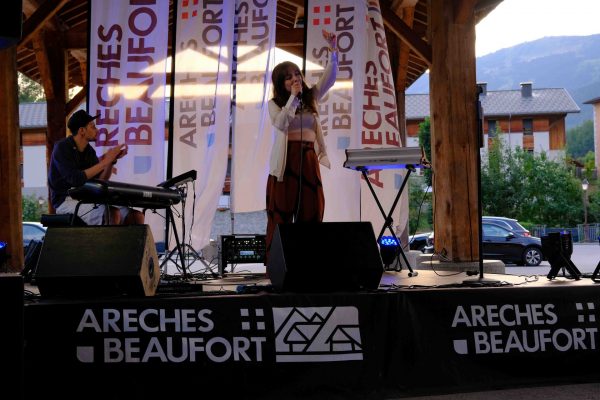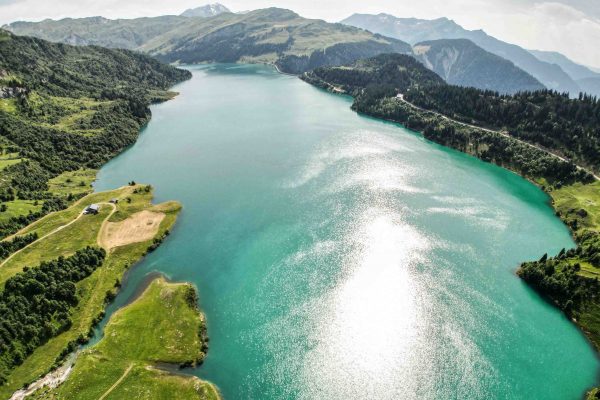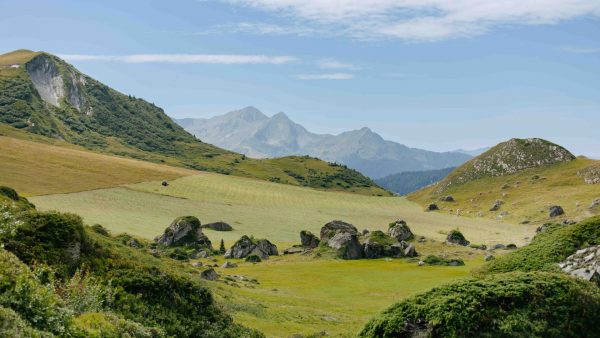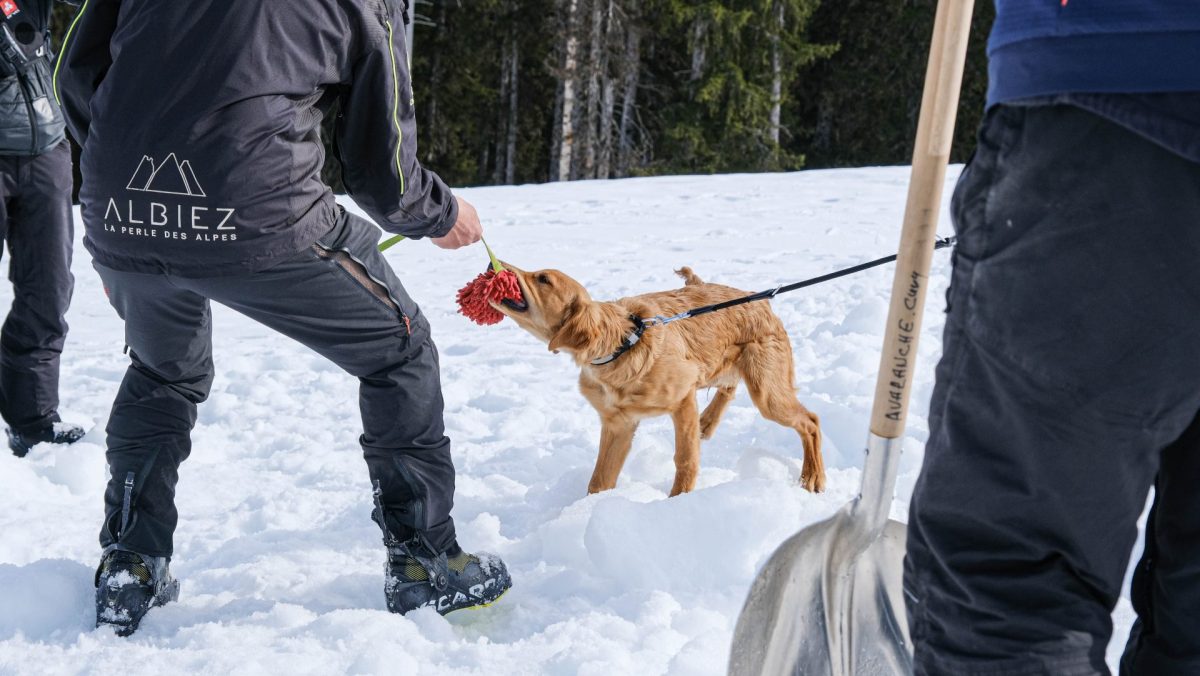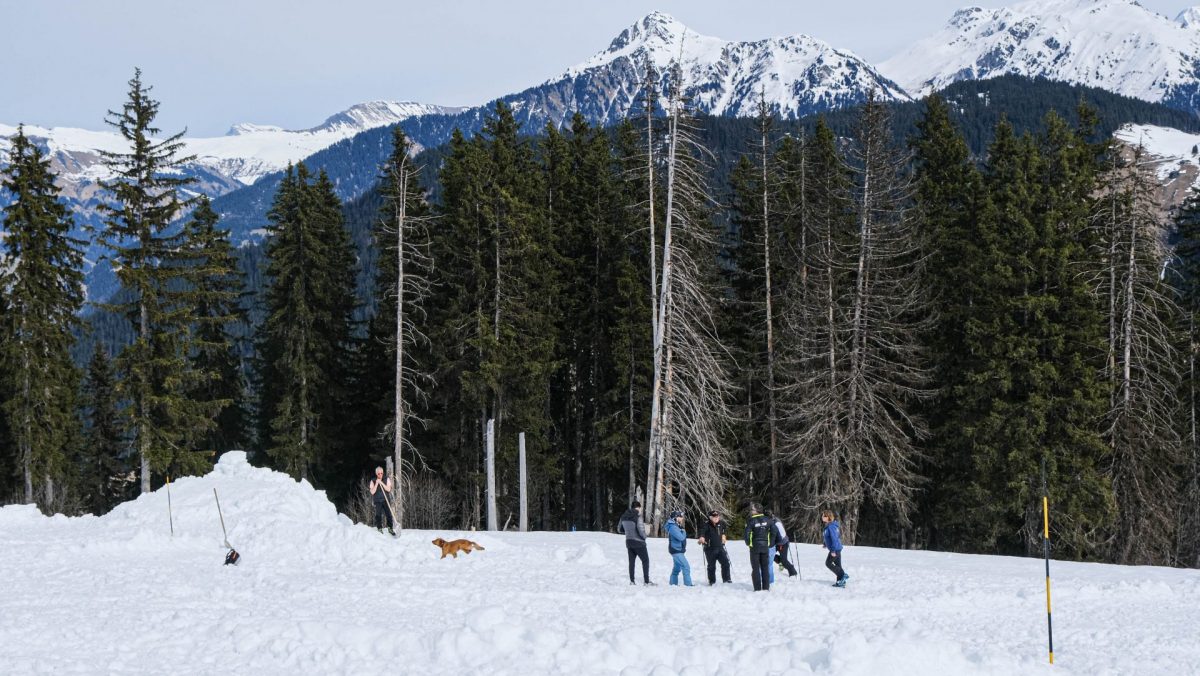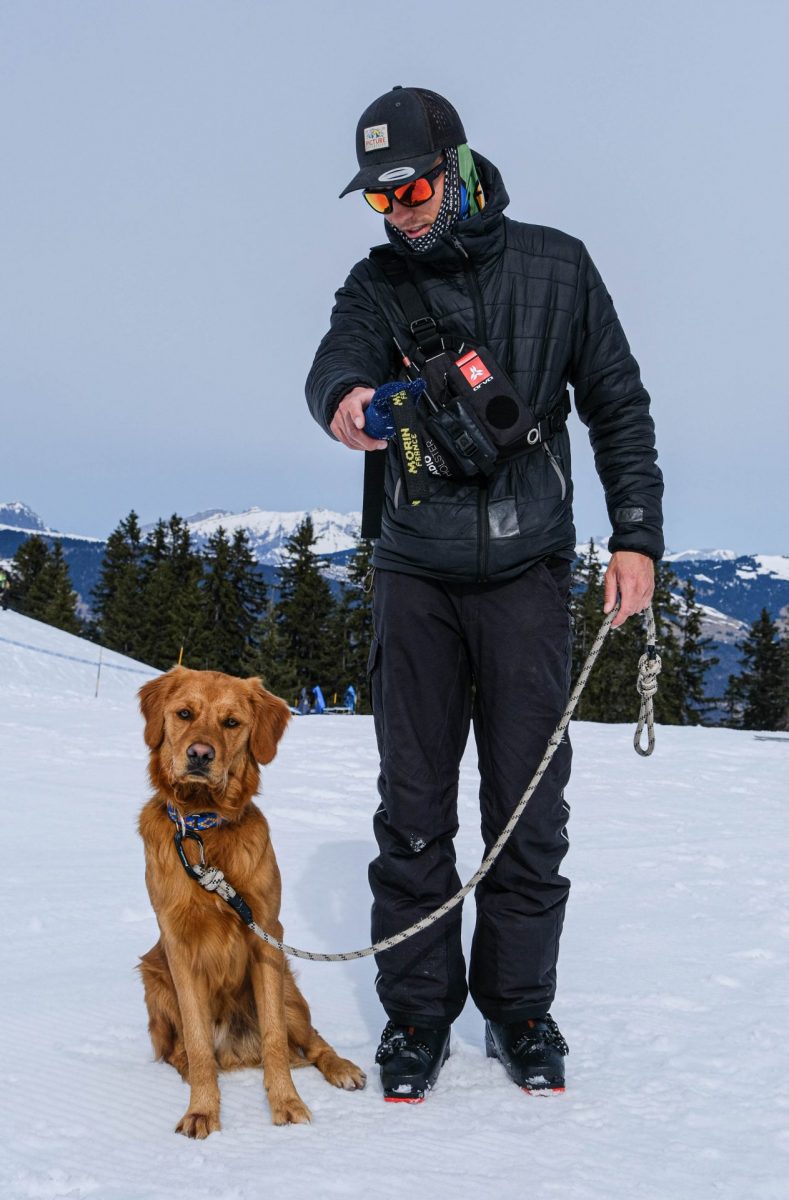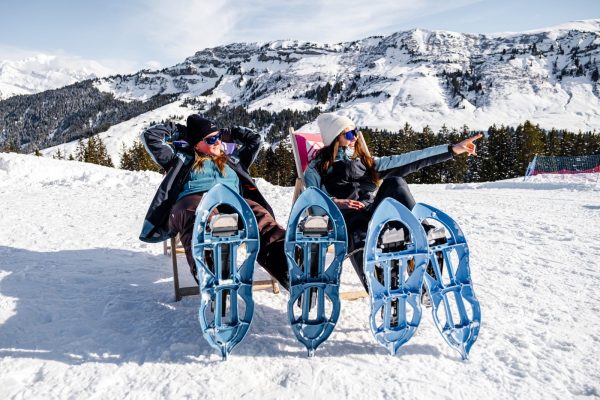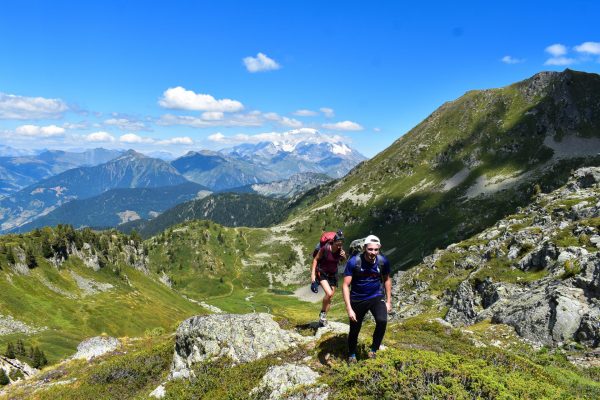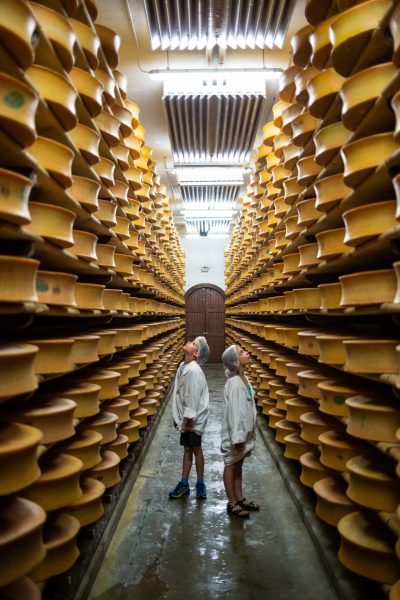February 27, 2024 Reading time: 5 min
In mountainous regions, where the majesty of the peaks sometimes meets the fearsome danger of avalanches, an extraordinary rescue force emerges: avalanche dogs. These four-legged companions, with unfailing flair and unfailing determination, stand on the front line during the most critical situations. Their presence is not only symbolic; it is vital.

Avalanche dogs in France
The beginning in the 1960s
The history of avalanche dogs in France is marked by a gradual evolution which followed the growing needs of mountain rescue and progress in rescue techniques. In 1960 years the French Alps were already a popular vacation spot, but the dangers of avalanches were unfortunately too often highlighted by tragic accidents. It was in this context that the first efforts to train search and rescue dogs began to emerge.
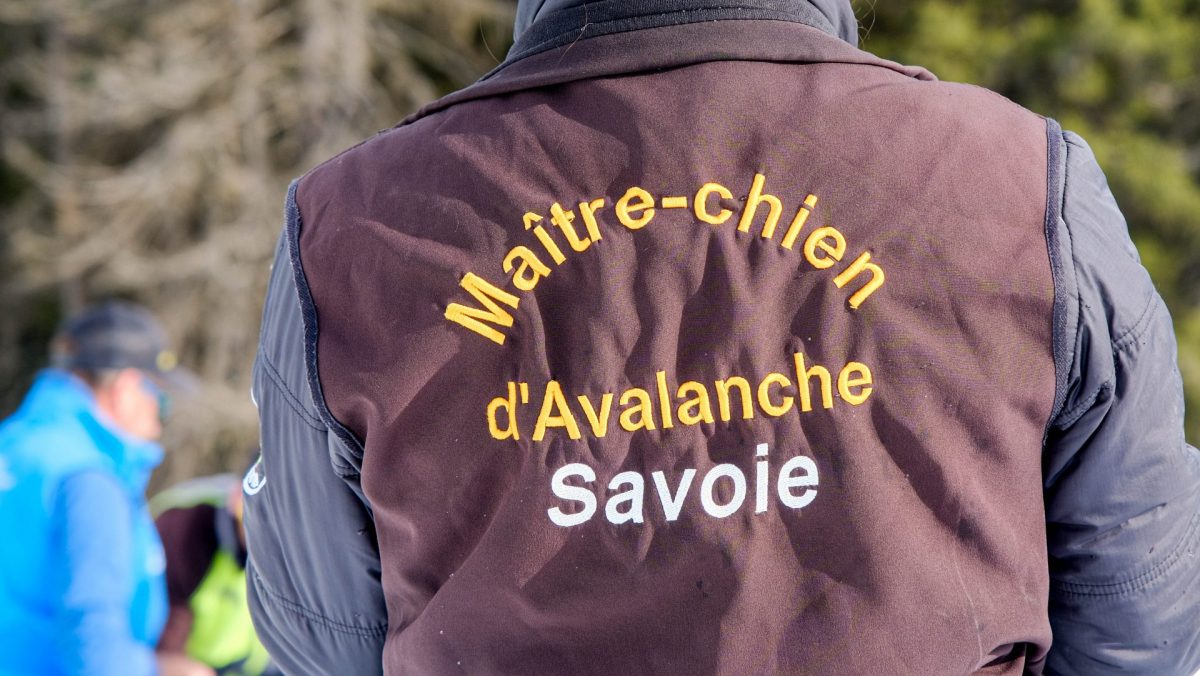
Today there are 160 dog handlers in France, 25 come from the PGHM, 23 are CRS, between 100 and 110 are firefighters or civilians. Among civilians, 95% come from ski areas. Each year, around twenty people are trained. The first official diploma dates from 1977.
The different breeds of avalanche dogs
Various breeds are frequently selected to play the role of avalanche dogs, each offering their own distinctive traits and specific skills. Popular breeds include the German shepherd and Belgian Shepherd, notably the Malinois, which are often used in other disciplines such as biting, defense and searching due to their exceptional abilities. However, an avalanche dog can also be a Border Collie, a Labrador, a White Swiss Shepherd, a Beauceron, and many others. Contrary to common perceptions, the Saint-Bernard is no longer preferred for this type of mission due to its size being too large for helicopter-lifted rescue operations.
The character avalanche dogs
The avalanche dog must have a playful temperament, because learning is based on this essential characteristic. However, this is not enough! Strong physical skills are also essential, particularly with regard to endurance, which is of paramount importance during rescue operations. In addition, it is imperative that the dog be sociable and demonstrate a unwavering concentration, because he will be required to interact with the public and other stakeholders during rescue missions.
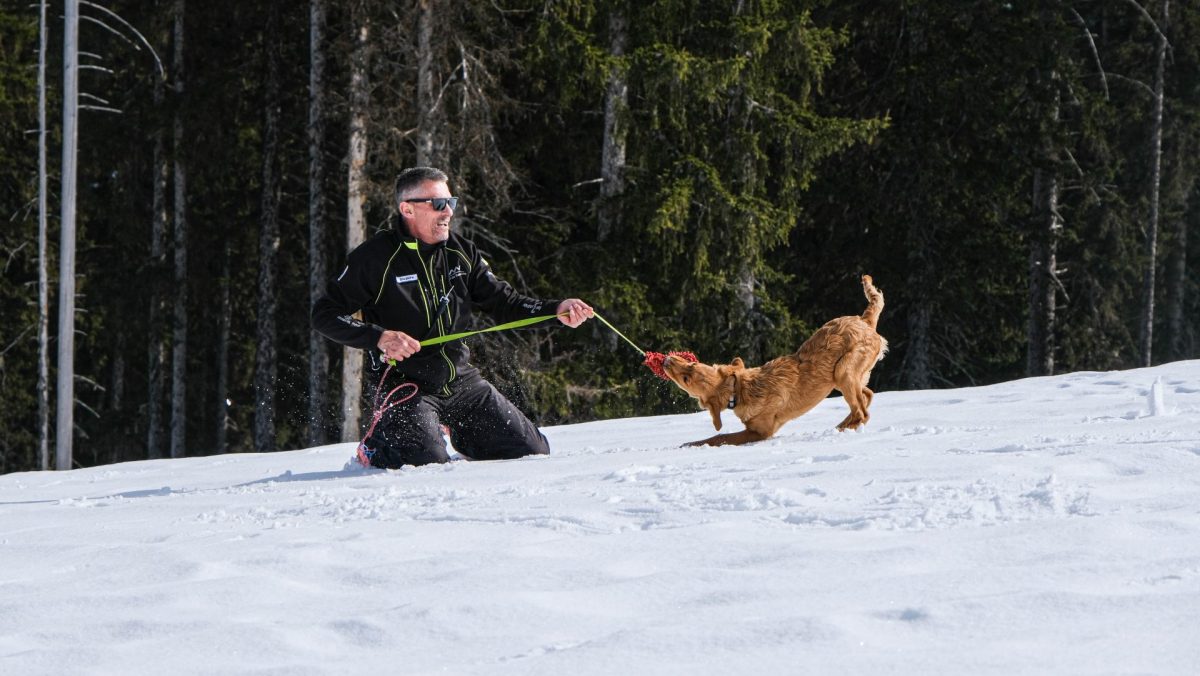
Training
Who is in charge of relief?
The use of avalanche dogs and their guides is regulated by the departmental mountain rescue plan, generally involving the police station (PGM/PGHM: mountain/high mountain gendarmerie platoon), the police (CRS mountain), and/or firefighters (mountain fire brigade group, sometimes intervention group in dangerous environments), depending on the location of intervention.
When it comes to avalanche rescue, responsibilities vary depending on geographical areas. Ski areas are subject to a municipal emergency organization plan, placed under the jurisdiction of the mayor, who delegates this responsibility to the director of the slopes service by municipal decree.
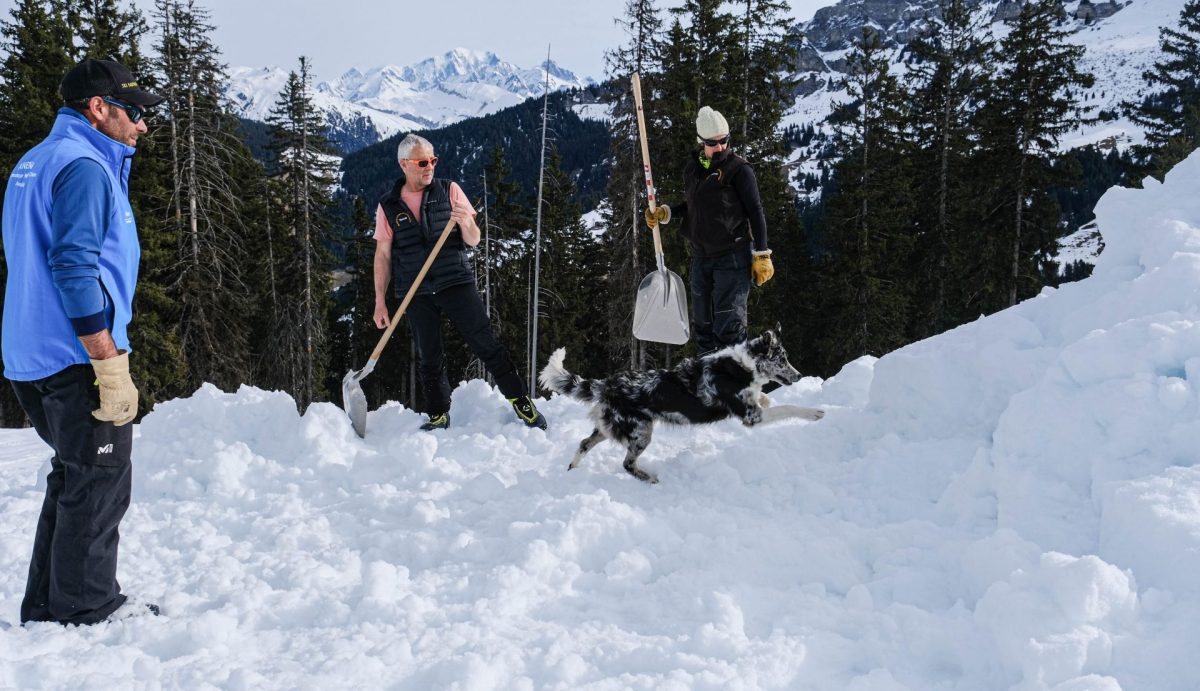
Thus, ski resorts are required to employ avalanche dog handlers, often civilians with their own dogs and reporting to the department. They operate mainly in the ski area, although state services can be called upon for backup only in the event of a serious alert or major event.
Police training
To become an avalanche dog handler, a candidate must complete one year of gendarmerie non-commissioned officer school and choose their assignment after two years of service. Age, health and technical certification requirements must be met. The selection tests include physical tests at the National Police Dog Training Center (CNICG) in Gramat. An initial 14-week training course is then provided, followed by a three-week internship in Chamonix. Once operational, the pair must undergo annual refresher training to maintain their skills.
Training for firefighter or civilian avalanche dog handlers
The training of avalanche dog handlers, whether firefighters or civilians, requires obtaining the national patent issued by ANENA, the only organization approved by the Directorate of Defense and Civil Security. This certificate is open to mountain professionals and firefighters. Candidates must undergo pre-training and hold PSE1 and PSE2, have a male dog aged 1 to 4 years up to date with its vaccinations, and provide a medical certificate of aptitude for mountain rescue.
Admission to the internship is based on application with four favorable opinions. The pre-training lasts 40 hours, followed by 88 hours of training spread over eleven days, including both theory and practice. Once certified, the dog handler must complete five annual refresher exercises to maintain their skills.
Dog training
Avalanche dog training begins at three months of age, with exercises to develop their scent repertoire and get them used to various environments. Obedience is essential, because these dogs often move without a leash and must follow their master's instructions. The dog's training is centered on play, with the objective of finding a toy held by a person simulating a victim. At first the toy is visible, then the exercise gradually becomes more complex. After training, the dogs are able to detect human odors buried up to four meters under the snow and ignore parasitic odors.
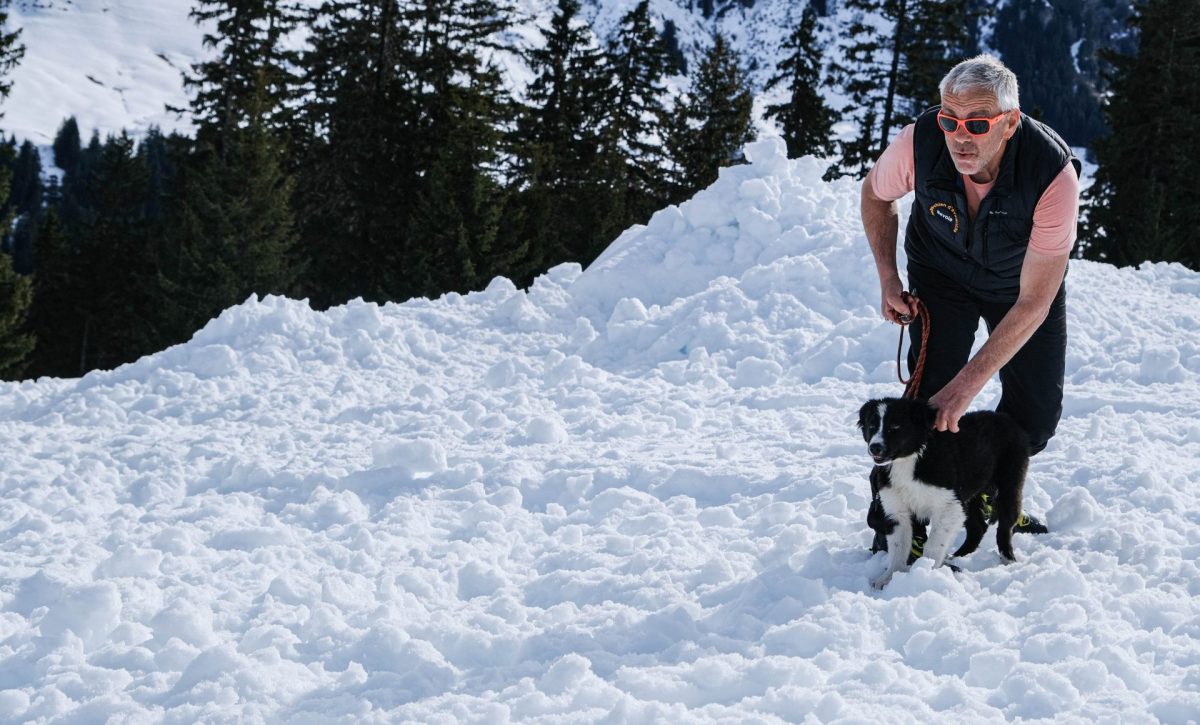
Nicolas Pinto: dog handler in Arêches-Beaufort
Nicolas P. works for the Arêches-Beaufort station; With his faithful companion, Usco, an 8-month-old Golden retriever, he is training with the aim of graduating next December. Nicolas has joined a team of civilians with whom he will train for a whole day on the Cuvy plateau this February 21, 2024.
Avalanche dog handler, a special connection
This relationship goes well beyond simple collaboration; in an emergency situation, mutual trust between the owner and his dog is essential, because it reinforces the effectiveness of their teamwork. When the owner and his dog share a deep bond, based on mutual understanding and respect, their coordination during rescue missions is strengthened. Non-verbal communication between them becomes a language in its own right, allowing better anticipation and reaction to dangerous situations.
In addition, the unconditional love that the dog lavishes on its master creates an unbreakable bond that motivates them to surpass themselves for each other. This enriching relationship goes far beyond professionalism, as it nourishes the soul and gives deep meaning to their partnership. Ultimately, it is this complicity and love that makes the difference in the most critical moments, and which transcends simple notions of duty to become a true source of inspiration and strength.


